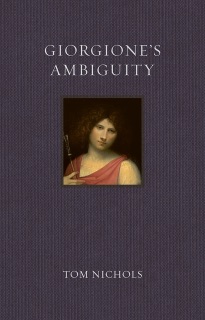The Venetian painter known as Giorgione or “big George” died at a young age in the dreadful plague of 1510, possibly having painted fewer than twenty-five works. But many of these are among the most mysterious and alluring in the history of art. Paintings such as The Three Philosophers and The Tempest remain compellingly elusive, seeming to deny the viewer the possibility of interpreting their meaning. Tom Nichols argues that this visual elusiveness was essential to Giorgione’s sensual approach and that ambiguity is the defining quality of his art. Through detailed discussions of all Giorgione’s works, Nichols shows that by abandoning the more intellectual tendencies of much Renaissance art, Giorgione made the world and its meanings appear always more inscrutable.








